Event Organizing Essentials and Crowd Management in California
Organizing a successful event in California, whether it’s a music festival, sporting event, or community gathering, requires a fine balance of planning, coordination, and safety measures. With the state hosting some of the country’s most dynamic outdoor events, effective crowd management and proper infrastructure play a vital role in ensuring a smooth experience for both attendees and organizers.
Planning and Permits
Every event in California begins with thorough planning and securing necessary permits. Depending on the type and size of the event, organizers must coordinate with city or county authorities for approvals related to venue use, sound regulations, alcohol service, parking, and crowd capacity. California cities like Los Angeles, San Diego, and San Francisco have specific event permit requirements, so understanding local laws is essential before finalizing logistics.
Safety and Crowd Control
Crowd management is one of the most critical aspects of event organization. A well-designed site layout helps in controlling the flow of people and preventing congestion near entry points, restrooms, or food stalls. Organizers often work closely with security professionals to create crowd control strategies and set up proper emergency exits and signage. Clear communication systems and trained staff can make a big difference in maintaining order, especially during large public events.
Role of Temporary Infrastructure
For open-air events, temporary infrastructure like portable restrooms, handwashing stations, and fence rentals are indispensable. Fence rentals, in particular, provide structure and security to the venue. They help define event boundaries, create VIP or backstage zones, and keep unauthorized individuals out. Temporary fencing also enhances crowd flow management, directing people toward designated areas and ensuring safety near stages, parking lots, and restricted sections.
California’s event organizers often prefer durable and flexible fence rental options such as chain-link panels, barricades, or privacy fences depending on the event’s scale. Working with a reliable rental company ensures quick installation, compliance with local regulations, and the safety standards required for large gatherings.
Environmental Responsibility
California’s strict environmental policies encourage organizers to adopt sustainable practices. Using recyclable materials, minimizing waste, and renting instead of buying event infrastructure not only reduces costs but also supports eco-friendly event planning.
Conclusion
Event organizing in California goes beyond just entertainment—it’s about creating safe, memorable, and well-managed experiences. With proper planning, permits, crowd control measures, and dependable support from service providers like fence rental companies, events can run efficiently while keeping both participants and staff secure. As California continues to host some of the nation’s most anticipated events, professional crowd management and smart logistical choices remain at the heart of every successful occasion.
Tags:
temporary fence rental, chain link fence rental
